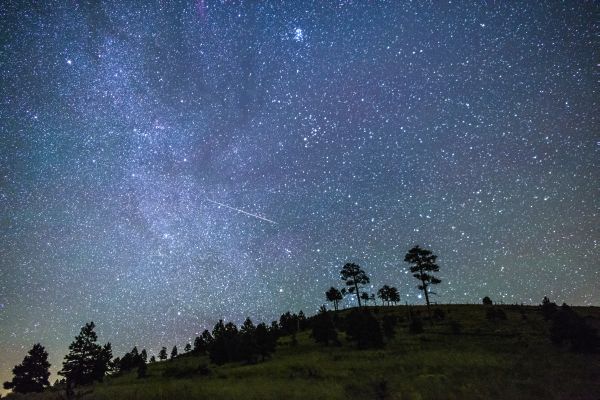November sky
- POSTED ON: 16 Nov, 2019
- TOTAL VIEWS: 742 Views
- POSTED BY: Archana Subramanian
- ARTICLE POINTS: 150 Points

Scouring the night skies is always fascinating, and sky-watchers were in for a rare treat on November 11, when Mercury glided across the face of the sun, orbiting it. The process took five-and-a-half hours and was visible across the globe. The last time this occurred was in 2016, and we won’t see one again until 2032.
Soon after, on November 12, the Beaver moon was observed in all its glory. It is also known as the Frosty Moon and the Hunter’s Moon.
Look forward to the Leonids meteor shower. The Leonids is an average shower, producing up to 15 meteors per hour at its peak and occurs annually on November 17 and 18. This shower is unique in that it has a cyclonic peak about every 33 years, where hundreds of meteors per hour can be seen. It last occurred in 2001.
To know what more is special in the night sky, try your hand at this exciting game.